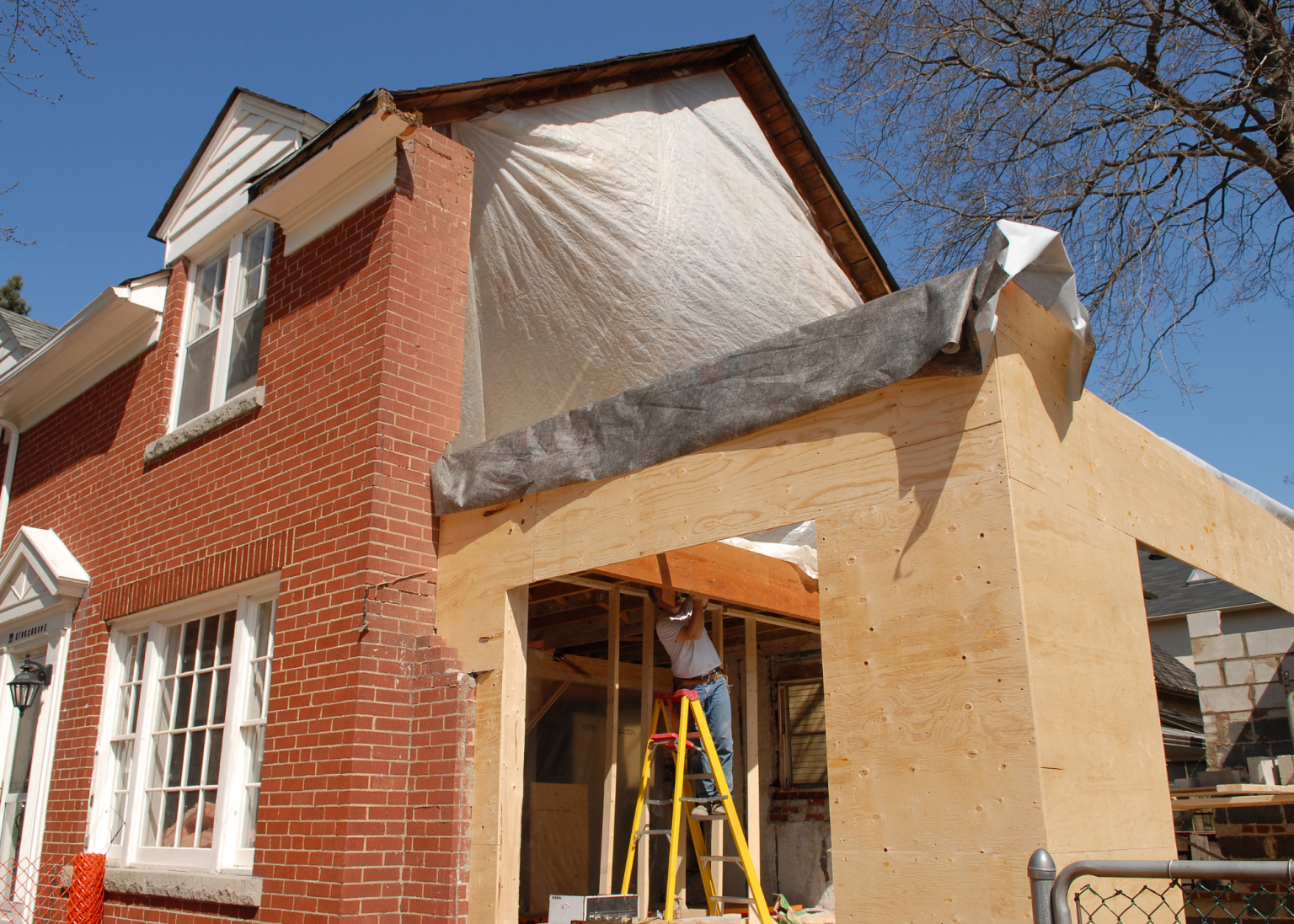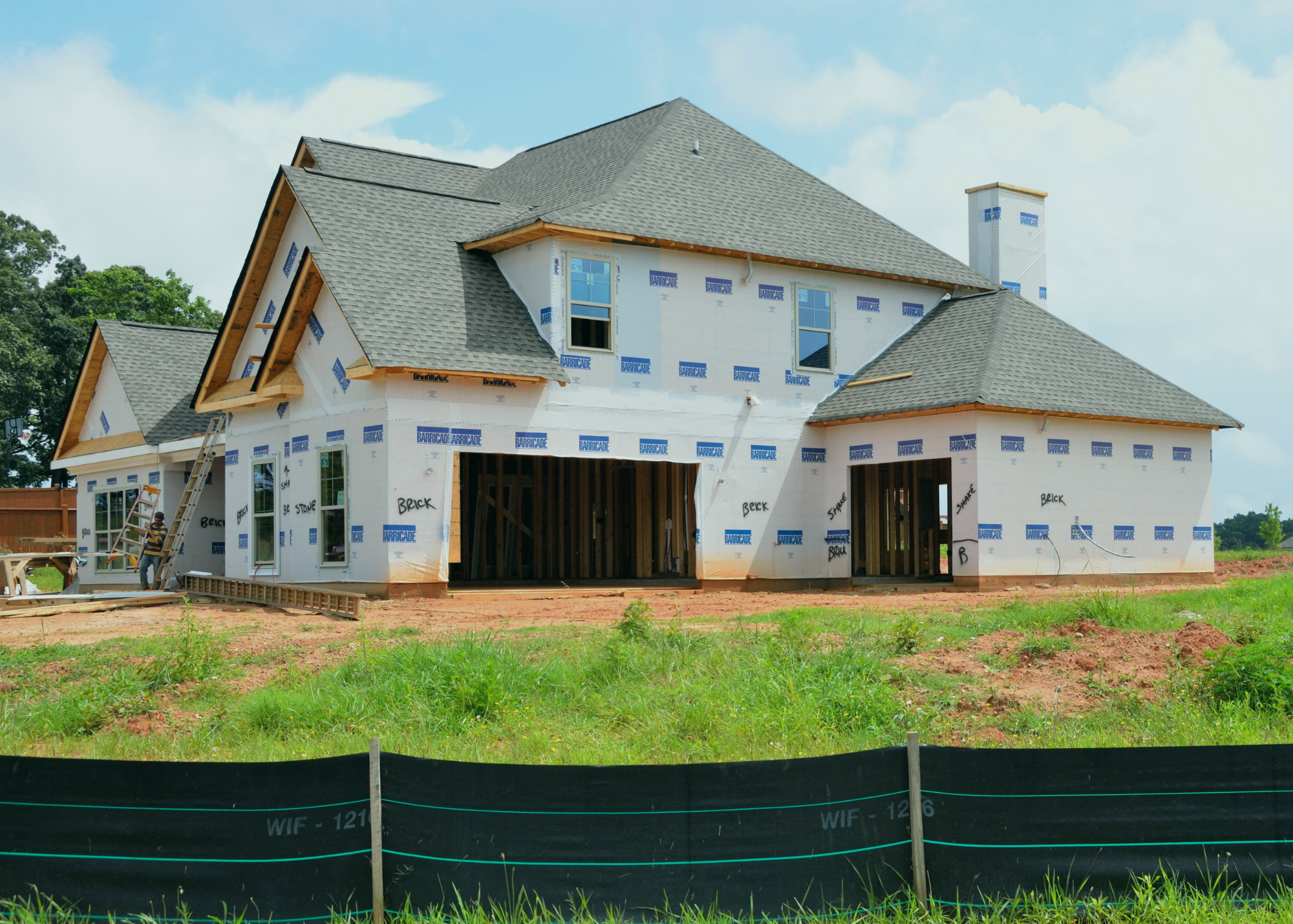Key Takeaways
-
Unpermitted work can create safety, insurance, and financing challenges.
-
Retroactive permits can often bring unpermitted improvements into compliance.
-
Buyers can negotiate repairs or price reductions before closing.
-
Staying informed and documenting every step protects your long-term investment.
Discovering unpermitted work when buying a home can feel overwhelming. Maybe the seller added a room, finished a basement, or upgraded electrical wiring without getting permits. While buying a house with unpermitted work raises valid concerns, it doesn’t have to end your homebuying plans. With the right information and a clear strategy, you can protect your investment and potentially negotiate a better price.
What Is Unpermitted Work?
Unpermitted work refers to any construction, renovation, or addition completed without approval from the local building authority. Because it bypasses inspections, it can pose safety issues and affect a property’s value, financing, and insurance coverage.
| Common Examples of Unpermitted Work | Why It Matters |
| Room additions or garage conversions | May not meet fire or structural codes |
| DIY electrical or plumbing updates | Can cause safety hazards or future repair costs |
| Finished basements without inspection | May not comply with egress or moisture standards |
| Major remodels without permits | Can lower appraisal value and complicate financing |
Unpermitted work often looks appealing at first glance, but without verification, those “upgrades” could cost you more later.
The Risks of Buying a Home with Unpermitted Work
Before you move forward, it’s important to understand the potential downsides.
Buying a home with unpermitted improvements can expose you to:
- Safety risks if work doesn’t meet building codes
- Legal responsibility to fix violations or pay fines
- Insurance denials for damage tied to unpermitted construction
- Financing delays if the lender refuses to approve the loan
- Appraisal problems if unpermitted space isn’t counted toward total square footage
In short, unpermitted work adds uncertainty to your purchase. Knowing these risks helps you decide whether to proceed, renegotiate, or walk away.
How to Spot Unpermitted Work
A licensed home inspector plays a critical role in identifying unpermitted work. They’ll notice irregularities such as uneven flooring, exposed wiring, or inconsistent materials.
You can also verify permits directly with your local building department. Many cities provide an online permit history search.
| Inspection Clues | Permit Verification |
| Exposed plumbing or wiring | Request property records from your city or county |
| Converted garages or basements | Compare floor plans with public records |
| Mismatched materials or finishes | Ask the seller for copies of past permits or renovation receipts |
You can also check your local building department’s online permit database or request records for the property to verify whether permits were properly issued.
Your Options as a Buyer
If an inspection reveals unpermitted work, you still have several options. The best choice depends on how extensive the work is and how flexible the seller might be.
1. Ask the seller to fix it.
The seller can remove, repair, or properly permit the work before closing. This protects you but may delay the sale.
2. Request retroactive permits.
Some cities allow homeowners to apply for permits after the fact. Inspections will verify safety and may require updates or repairs. You can negotiate for the seller to pay these costs.
3. Negotiate the price.
If you’re willing to buy the home “as-is,” request a lower price that reflects the cost of bringing the property up to code. Always get contractor estimates first.
4. Add a contingency.
Include a home inspection or permit contingency in your offer. If unpermitted work turns up, you can renegotiate or walk away without penalty.
5. Walk away.
If the work is unsafe or extensive, sometimes the smartest move is to move on to another home.
Steps to Take If You Move Forward
If you choose to buy a property with unpermitted work, take steps to protect yourself and ensure compliance.
- Hire a licensed contractor to assess safety and provide an estimate for repairs.
- Contact your local building department to learn which permits are missing and whether retroactive approval is possible.
- Apply for retroactive permits if allowed, and schedule necessary inspections.
- Fix all code violations using licensed professionals.
- Keep thorough documentation of repairs, approvals, and permits for your records.
A well-documented process ensures your home remains compliant and protects you if you sell later.
The Bottom Line
Buying a house with unpermitted work comes with risks, but it also offers leverage. With help from a real estate agent, home inspector, and qualified contractor, you can decide whether to legalize the work, negotiate repairs, or walk away. The key is to stay informed and make choices that safeguard your investment and peace of mind.
FAQs About Buying A Home With an Unpermitted Addition
No SSN required. Zero impact to credit. Your Information is never sold.



